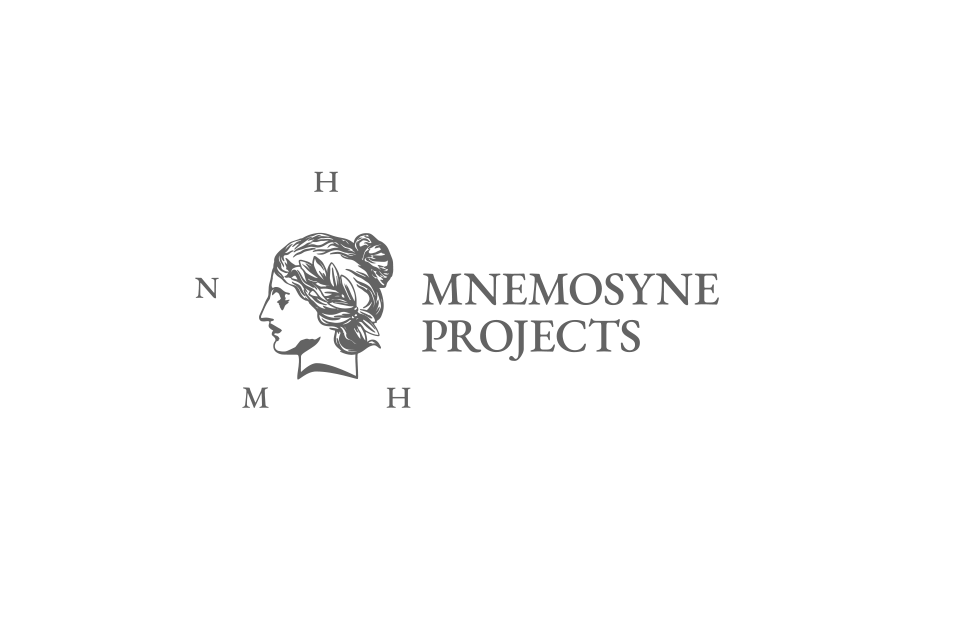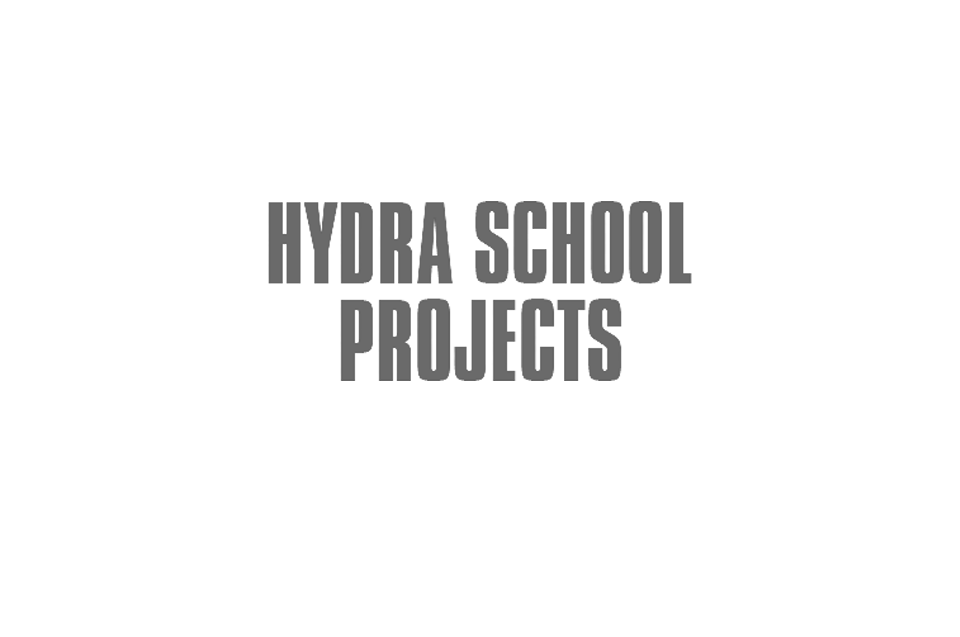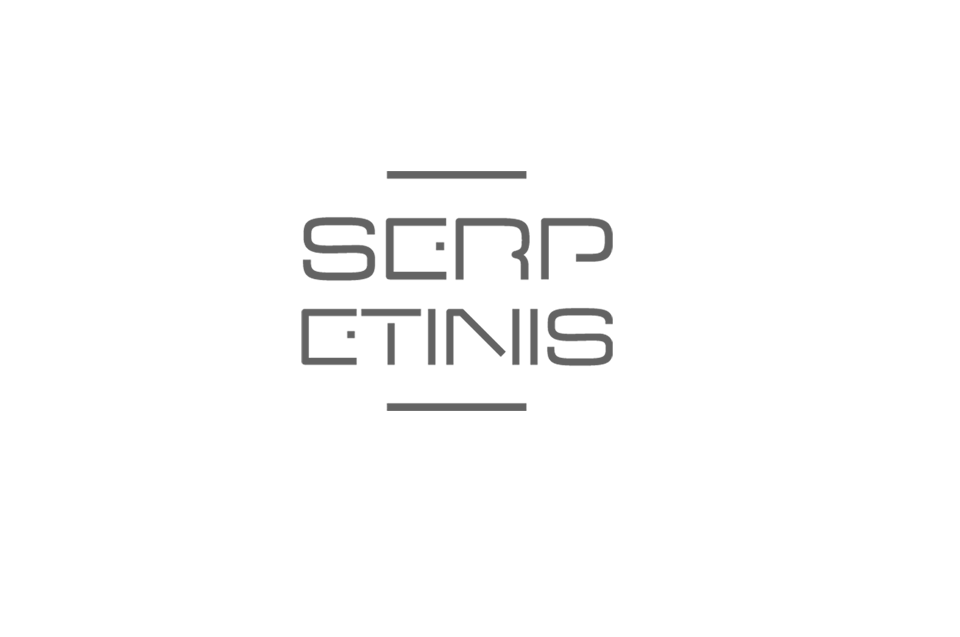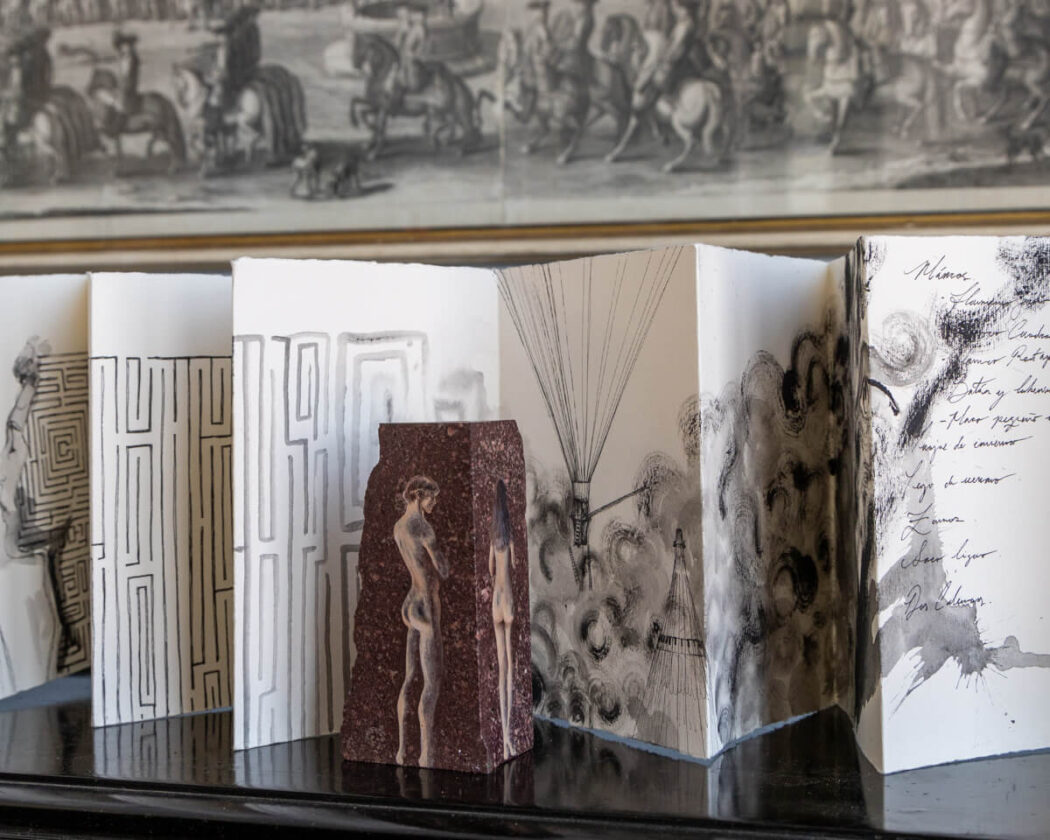(Hydra Island, June 20, 2025) – Mnemosyne Projects proudly presents Hydra: Island in the Sound, a book by Ekaterina Juskowski and Alkistis Boutsioukou with accompanying EP by artist and composer Angela Tisner. This exclusive release, available in a limited numbered run of just 300 copies, offers a richly woven exploration of the island’s traditions and cultural memory, together with six evocative tracks that capture the sonic essence of Hydra.
Commissioned and curated by Mnemosyne Projects, this book was produced in collaboration with the Old Carpet Factory Recording Studio, and developed in the frames if Mnemosyne Project's Hydra Art Residency. Dedicated to honoring and sustaining Hydra’s cultural heritage, the project intertwines sound, memory, and place.
A Journey Through Sound and Myth
A poetic text written by Ekaterina Juskowski and Alkistis Boutsioukou provides rich storytelling about the island's people and local traditions.
The authors dedicate Hydra: Island in the Sound to the locals of Hydra with the following foreword:
"Hydra never asks where you are from; she wants to hear about all the places you’ve been. Known to antiquity as Hydrea (Υδρέα), named for her gift of water, she emerged from the sea an untamed, unruly force—a molten surge that turned to stone in an instant, becoming barren, hard, unyielding. Her waters don’t invite, they dare. For those bold enough to leap, Hydra transforms—no longer an island, but a heartbeat unrestrained.
The title “Hydriot” doesn’t cling solely to birth certificates or ancestral claims—you belong to Hydra if the island takes root in your chest, if you surrender to her rhythm. Often, the bond cuts deeper when you come as a stranger, letting her waters strip you bare until the wind carves your name into her rocks. First, Hydra claims your heart, then she claims you whole.
By late October the island exhales the last of the summer crowd. Hydriots reclaim themselves and settle back into their quiet resilience that has long defined them. Winter arrives on damp footsteps, its chill creeping into the bones of the place. The air grows heavy, the stones slick, but the spirit of the place takes root, fostering a sense of togetherness among those who remain.
We set out to trace Hydra’s backbone—her jagged slopes, her restless sea, the rough trails that test your footing and patience. You don’t walk Hydra—you navigate her, rock by rock, as though mapping the scars of a life lived hard and unapologetic. We follow the life lines of her people—watching, listening, always seeking. Observers, yes, but explorers too, hungry for the unvarnished truth of the island and the stubborn souls that call it home. Hydra doesn’t hand over her secrets freely. You have to endure her seasons to earn them."
Accompanying Tracks
SIDE A: I. Island in the Sound II. Kantada III. Giorti
SIDE B: I. The Ninth Hour II. The Deepest Night III. Sail On
Commissioned and curated by Ekaterina Juskowski to accompany the text, the tracks compliment the storytelling. Under Juskowski’s curatorial guidance, Tisner drew from field recordings, interviews, and archival research, blending popular and liturgical song forms to reflect the pivotal moments in the lives of Hydra’s inhabitants. The resulting compositions resonate with the island’s sonic inheritance, offering a contemporary reimagining of Hydra’s enduring soundscape.
The accompanying EP takes listeners on a journey where the crafted and the spontaneous merge to create an immersive musical experience. At its core, the recorded voices of the local community form the foundation of Tisner’s original orchestrations, rediscovering and reimagining Hydra’s profound musical traditions. Tisner weaves an imagined mythology of the island, encapsulating its essence through evocative vocal expressions. Each track unfolds as a musical narrative, echoing a timeless past. The compositions embody the spirit of human lives—chants that enchant and transport listeners to an eternal, motionless space on the island, a terrestrial in paradisum.
Through Hydra: Island in the Sound, Tisner presents a poignant Odyssey of colors, musical modulations, and glimpses of bygone eras. Much like Mussorgsky’s and Ravel’s Pictures at an Exhibition, Tisner’s work establishes itself as a poetic promenade—a vivid journey through the resonant echoes of Mediterranean culture.
Featured Hydra Locals
The EP brings together voices from Hydra’s diverse community, featuring: Sister Efthimia of Agia Efpraxia Monastery, Father Georgios Vlachopoulos of Agia Varvara Church, Dr. Sotiria Valavani of Kouloureio Hospital, Yiannis and Panagiotis Gavalias, Father Theologos and the monks of Prophet Elias Monastery, and Hydra port icon “Pan” Lembesis.
Cover Art
The cover art for Hydra: Island in the Sound EP was commissioned by Ekaterina Juskowski for Mnemosyne Projects and painted by artist Holly Biörklund. Inspired by Hydra’s rich artistic and religious heritage, the artwork is based on the gold-embroidered epitaphios from 1808, held in the collection of the Ecclesiastical Museum of Hydra.
Biörklund’s interpretation merges the historical reverence of the original artifact with a contemporary aesthetic, offering a visual counterpart to the EP’s musical journey, one that echoes both tradition and mythology of the place.
Purchase Information
Get your copy of Hydra: Island in the Sound at the following locations: 



Events
EP Launch Event 


Event & Purchase Information
Exhibition Location: Hydra School Projects at Lyceum Dates: June 20 – September 7, 2025 Opening Hours: 11:30 – 14:00 & 19:30 – 22:00 Opening Reception: June 20, 2025 | RSVP at rsvp@mnemosyneprojects.org
Where to Purchase the Vinyl EP Hydra Book Club, Hydra Island (Aug 31 – Oct 28, 2025) Old Carpet Factory, Hydra Island (Available by appointment: hello@oldcarpetfactory.com) Hydra School Projects, Hydra Island (June 20 – Sept 7, 2025)
For more details, visit www.mnemosyneprojects.org or follow us on Instagram @mnemosyneprojects.




